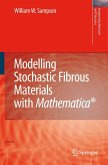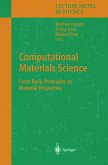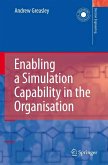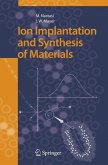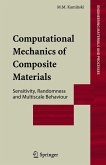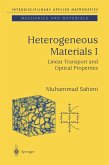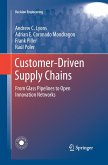Developments in the use of electrospun fibrous materials, for application in tissue engineering and in carbon fibrous materials in fuel cells, has generated new interest in the dependence of the properties and structure of these materials on those of their constituent fibres. "Modelling Stochastic Fibrous Materials with Mathematica" provides an overview of the structure of stochastic fibrous materials, and the use of Mathematica® to develop models describing their structure and performance. The book introduces the techniques of statistical geometry and probabilistic modelling for non-mathematicians, and assumes no previous experience of Mathematica®. Using accessible notation and by providing examples of Mathematica® code, expressions are derived for the structural characteristics of stochastic fibrous materials providing insights into the ways these depend upon each other and the extent to which they can be modified in the laboratory or in a manufacturing environment.
From the reviews: "This book provides an overview of the structure of stochastic fibrous materials, and the use of Mathematica code to develop models describing their structure and performance. ... This well-written book is a reader-friendly and good-organised manual in the field of composite materials. It can be highly recommended to experts in mechanics of solids, engineers, and to graduate, postgraduate and doctoral students." (Igor Andrianov, Zentralblatt MATH, Vol. 1166, 2009)



